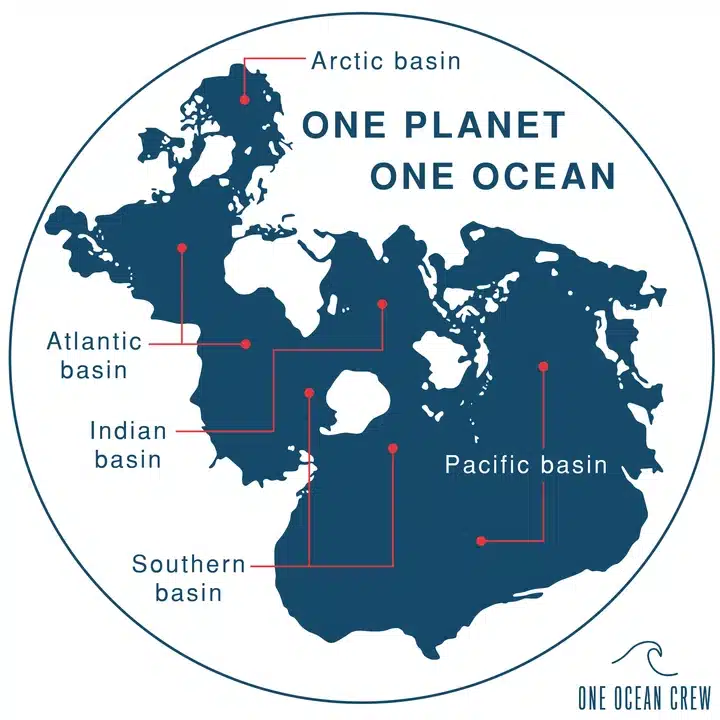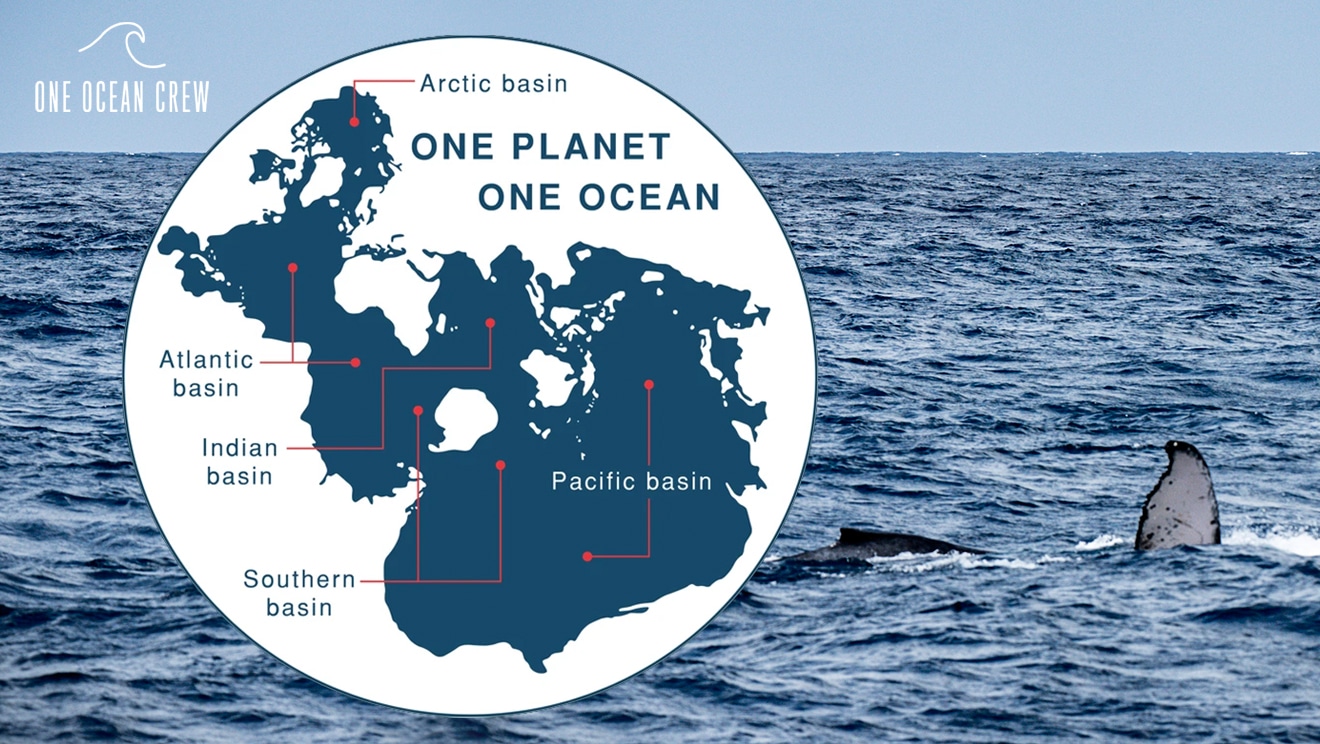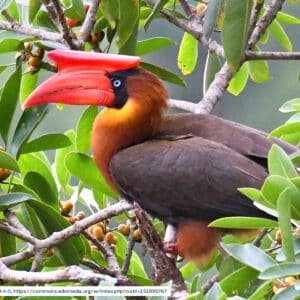The ocean covers 71% of our planet and contains 97% of Earth’s water – one vast, connected body of salt water. The recent UN Ocean Conference in Nice, France emphasized that connection in its very name – ‘Ocean’ Conference, singular – and welcomed visitors with a map that made that connection clear.
Certainly, not all of the ocean is the same. Made up of multiple marine ecosystems – from estuaries to the deep sea – it is shaped by varying winds, tides and water densities. But with a global circulation system moving energy, matter and organisms, what happens in one part of the ocean can affect other parts, making local decisions and actions matter.
Alongside the official sessions, the public explored ‘La Baleine’ (The Whale), a transformed space filled with photography, virtual reality dives, exhibits and talks from ocean advocates. I was amazed by the beauty, colour, and texture. Photographer Laurent Ballesta’s striking images captured the wonder of these other worlds: the effervescence of an octopus, the delicate fronds of seagrass, the startling translucence of a jellyfish. Virtual reality also offered up-close encounters, likely the closest I’ll get to exploring the deep sea in a submersible.
The awe and wonder I felt as I explored was mirrored on the faces of so many around me. ‘Biodiversity and beauty’ is one of the four focus areas of A Rocha’s marine conservation programme. The beauty of a creature mirrors God’s beauty, one way into appreciation of who God is. My amazement sparked these questions: How can we help these creatures flourish? My neighbour flourish, on the other side of this circulating water system? I understood more viscerally the conference theme: ‘Our ocean, our future: united for urgent action’.
 The conference sparked progress – including further support for the Pelagos Sanctuary, near me in the Mediterranean. Support for a global plastics treaty grew to over 90 countries, and 37 countries now support a moratorium on seabed mining (up from none in 2022). A treaty on the governance of the high seas – 50% of the planet and currently without governance – jumped from 30 to 51 ratifications. That’s nine short of the number needed, but there is hope ratification will be achieved this autumn, to come into force in January 2026.
The conference sparked progress – including further support for the Pelagos Sanctuary, near me in the Mediterranean. Support for a global plastics treaty grew to over 90 countries, and 37 countries now support a moratorium on seabed mining (up from none in 2022). A treaty on the governance of the high seas – 50% of the planet and currently without governance – jumped from 30 to 51 ratifications. That’s nine short of the number needed, but there is hope ratification will be achieved this autumn, to come into force in January 2026.
Headlines continue to debate what progress was made and what remains to be done. What is not debatable is that time is of the essence. Many ocean ecosystems are already approaching critical tipping points, and urgent and decisive action is needed. What can I do? What can you do to help the ocean flourish? Let awe and wonder catch your hearts and minds and join in – ‘Our ocean, our future: united for urgent action’.



